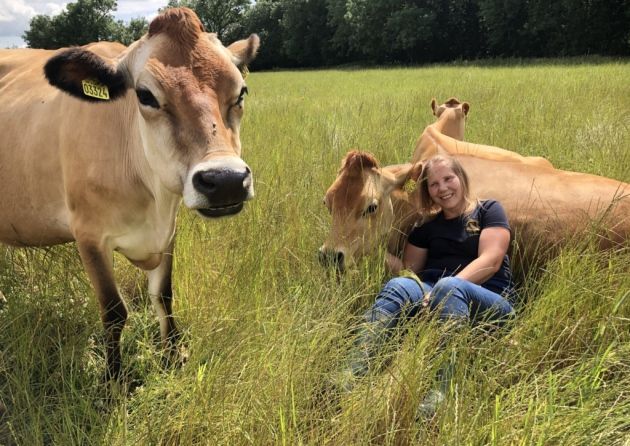How Pasture-Fed Cows Boost Sustainability and Healthy Living
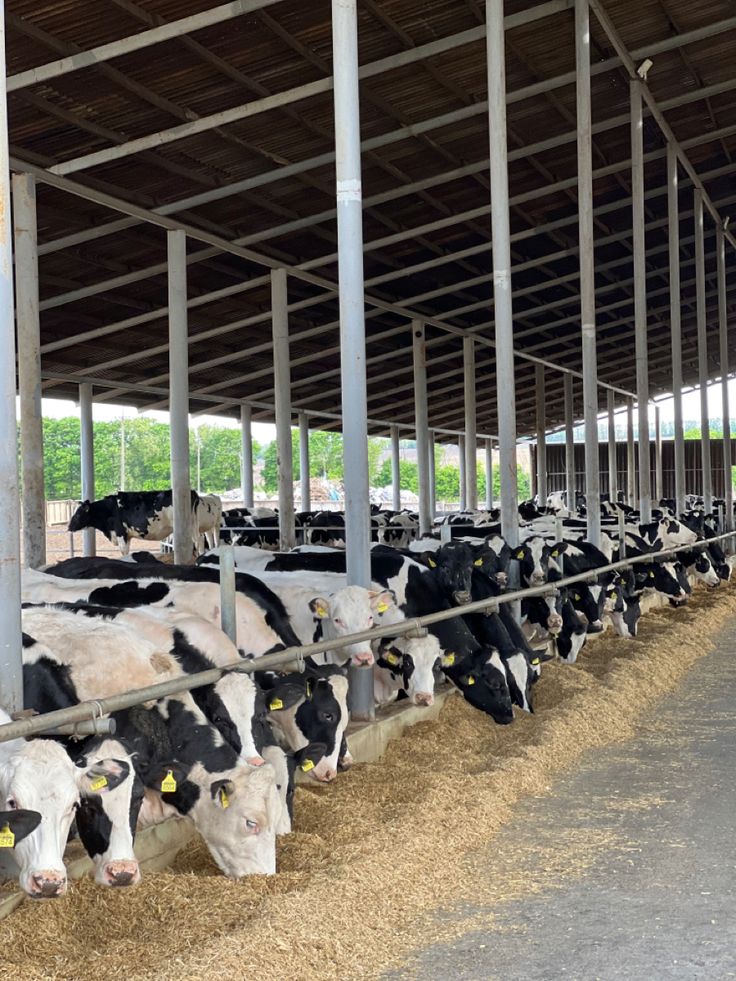
Learn about the benefits of pasture-fed cows for the environment, human health, and ethics, and how they help create a better future.
Introduction
Learn how pasture-fed cows promote healthy living and sustainable farming. Find out why they are the better option for you and the environment by learning about their ethical, health, and environmental advantages.
In a world where sustainable practices are becoming more and more important, pasture-fed farming provides a potent remedy. In addition to offering better, more moral eating options, it lessens environmental damage. This essay will discuss how pasture-fed cows are helping to create a better and more sustainable future for all.
What Does Pasture-Feding Mean?
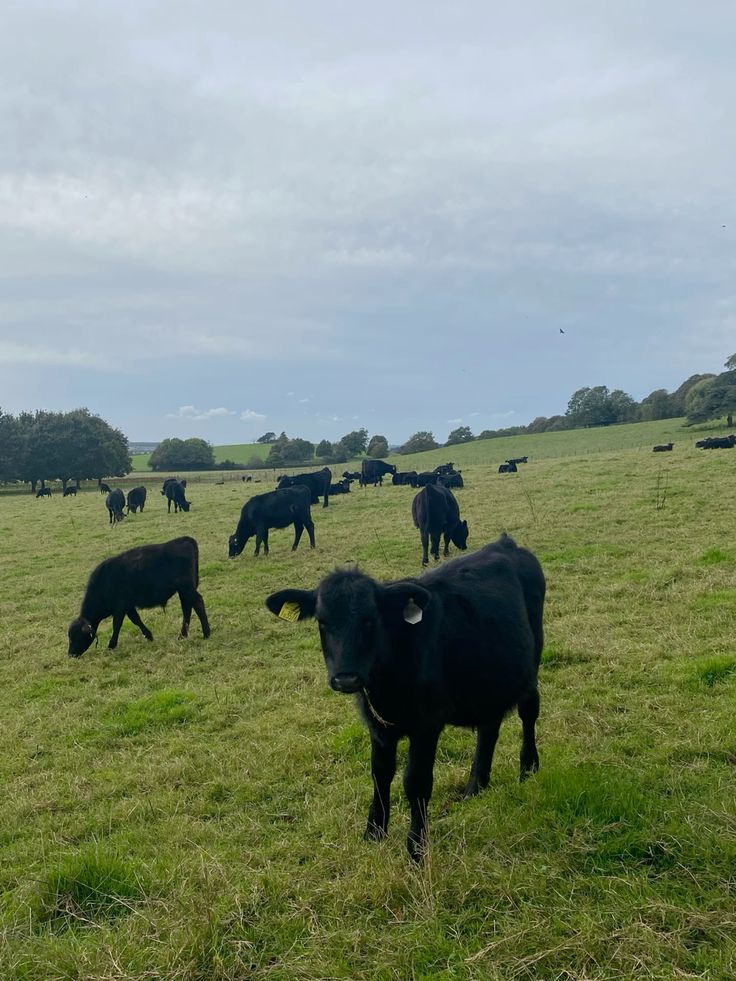
Grass and other forage plants are the natural diet of pasture-fed cows. They graze as they would in the wild, roaming freely in broad areas. Grain-fed cows, who are frequently kept in feedlots and fed diets high in corn, soy, or other grains, stand in stark contrast to this system.
Pasture feeding improves cows’ general health by allowing them to consume what their bodies are made to digest. Additionally, it fits with their grazing and roaming habits, which are frequently curtailed in industrial farming methods. In addition to helping the cows, this natural method establishes the groundwork for more sustainable and healthful farming.
Environmental Benefits of Pasture-Fed Cows
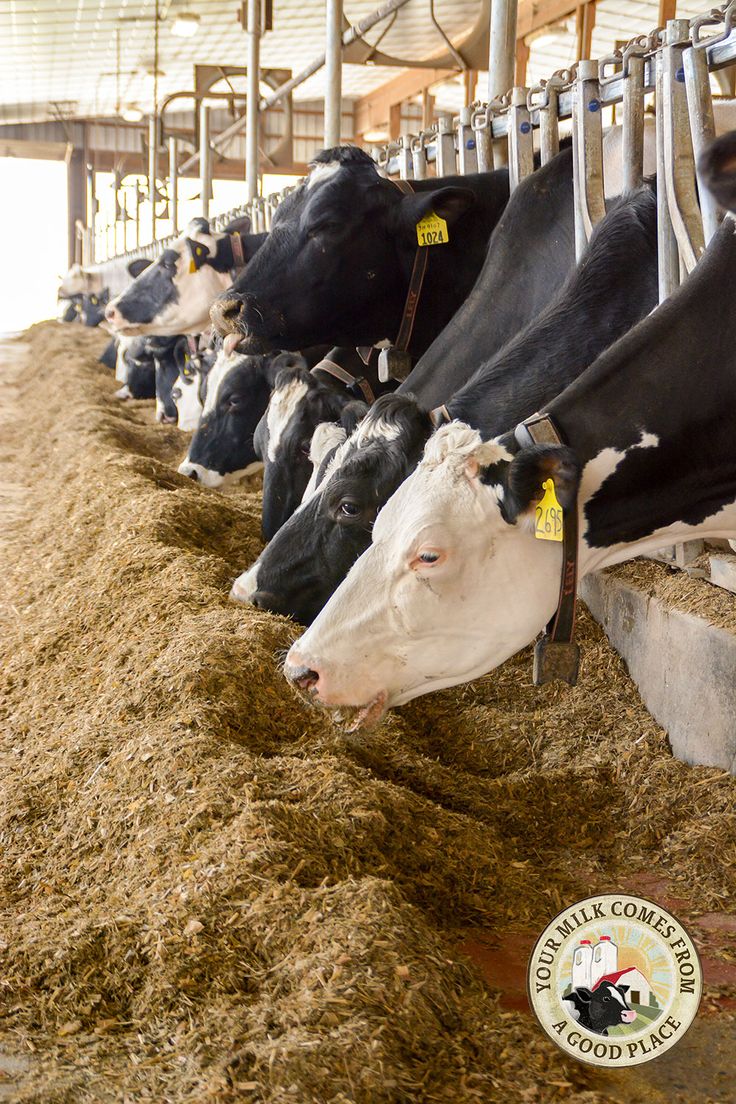
- Improve soil health: Pasture-fed cows naturally fertilize the land as they graze. Farmers use rotational grazing to let fields rest, which boosts soil fertility and prevents erosion.
- Reduce greenhouse gas emissions: Pasture-based systems create less pollution than feedlots. Manure spreads naturally across fields, avoiding the need for waste storage and reducing harmful gases.
- Fight climate change: Healthy pastures absorb carbon dioxide from the air, helping to lower the impact of farming on global warming.
- Protect ecosystems: Open pastures provide habitats for insects, birds, and other wildlife, promoting biodiversity and supporting balanced ecosystems.
This eco-friendly farming method shows how pasture-fed cows can make a positive impact on the environment.
Health Benefits for Consumers
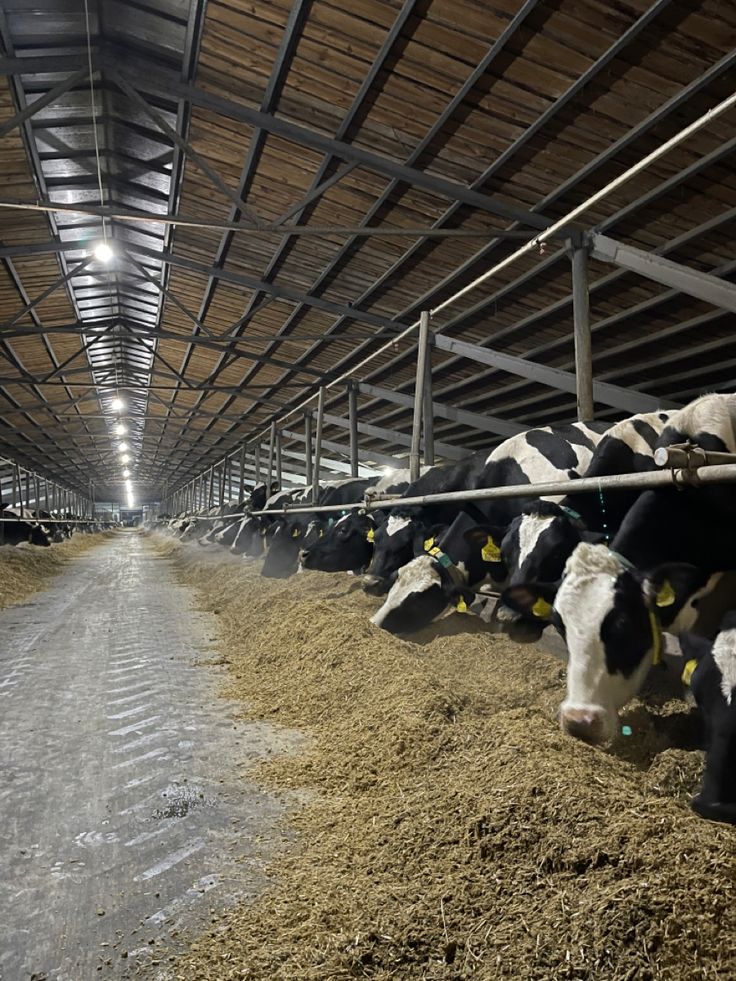
- Boost nutrition: Meat and dairy from pasture-fed cows contain more omega-3 fatty acids, which support heart and brain health. They also have higher levels of CLA, a nutrient that helps with weight management and reduces inflammation.
- Provide cleaner food: Pasture-fed cows don’t rely on antibiotics or artificial hormones. Their products are free from harmful additives, giving you a safer and more natural choice.
- Offer better taste: Many people say pasture-fed products have a richer, more natural flavor compared to grain-fed options. This makes your meals both healthier and more enjoyable.
Choosing pasture-fed products means you get better nutrition, cleaner ingredients, and great taste in every bite.
Economic and Ethical Advantages for Farmers
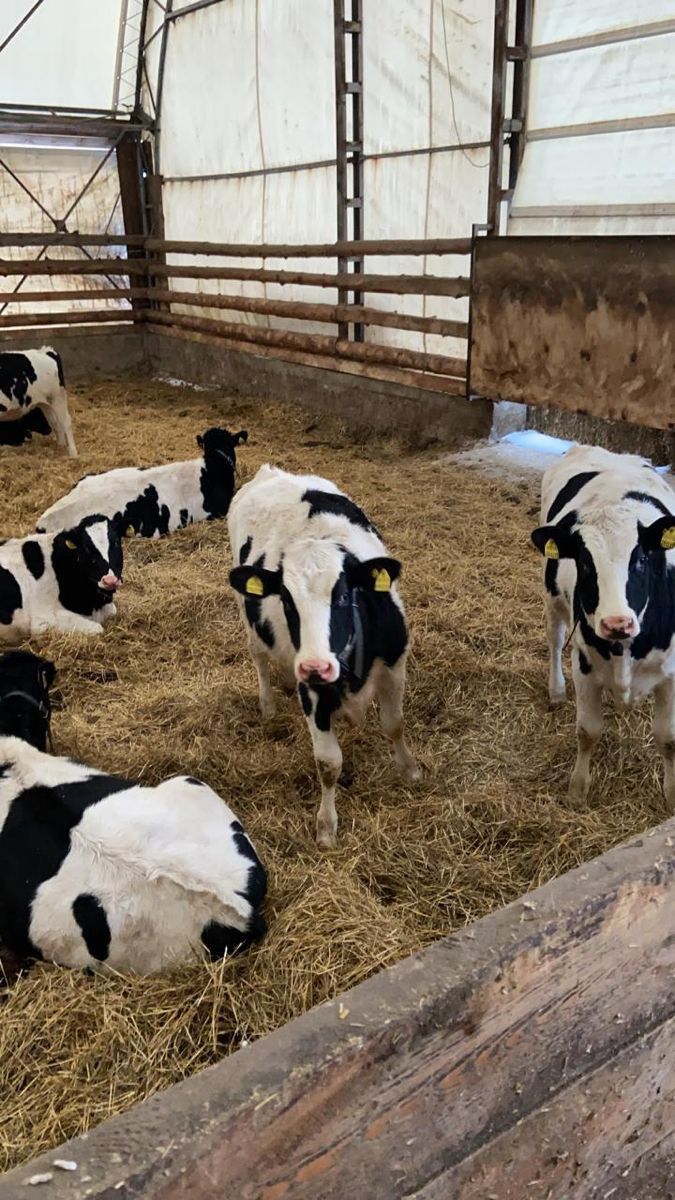
- Save money: Farmers reduce costs by letting cows graze naturally instead of relying on expensive feed and synthetic fertilizers. This makes farming more affordable in the long run.
- Support animal welfare: Pasture-fed cows live healthier, happier lives. They roam freely, graze naturally, and avoid the stress of confinement in feedlots.
- Meet consumer demand: More people care about ethical farming and animal welfare. Farmers who raise pasture-fed cows attract these conscious buyers, boosting their market appeal.
- Build sustainable businesses: Healthier cows and lower costs help farmers create stronger, more resilient operations that can thrive over time.
By adopting pasture-fed systems, farmers enjoy both economic success and the satisfaction of ethical farming practices.
Conclusion and Call to Action
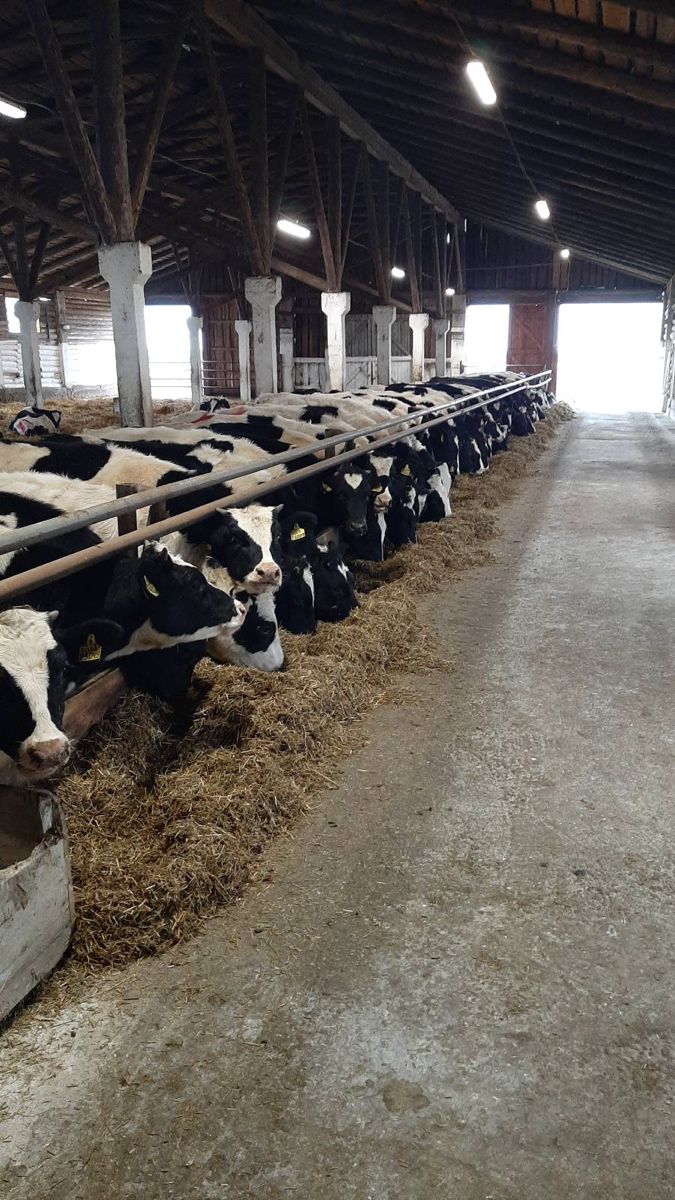
Cows raised on pasture are improving farming’s prospects. They boost biodiversity, reduce greenhouse gas emissions, and encourage healthier soil. Their products give customers cleaner food and more nutrition. Farmers gain from lower expenses and better animal care at the same time.
You may have an impact by selecting meat and dairy products that are pasture-fed. You eat more ethically and healthily, support sustainable farming, and benefit the environment. Try to find pasture-fed products the next time you purchase to help create a more sustainable and healthy planet.
How Pasture-Fed Cows Boost Sustainability and Healthy Living –
FAQs
1. What does pasture-fed mean?
Pasture-fed cows are raised on open pastures, where their primary diet consists of grass and other forage plants rather than grain-based feed. This natural diet contributes to better animal health and a more sustainable farming system.
2. How do pasture-fed cows contribute to sustainability?
- Improved Soil Health: Grazing cows naturally fertilize the land with manure, enhancing soil quality and reducing the need for chemical fertilizers.
- Carbon Sequestration: Grasslands used for grazing absorb and store carbon, helping reduce greenhouse gas emissions.
- Reduced Resource Use: Pasture-fed systems typically use fewer resources like water and grain compared to grain-fed operations.
3. Are pasture-fed cows better for the environment than grain-fed cows?
Yes, pasture-fed systems have a smaller carbon footprint. They rely on natural grazing cycles, which can restore ecosystems and reduce the environmental impact associated with intensive grain-based farming.
4. What are the health benefits of products from pasture-fed cows?
- Higher Nutritional Value: Pasture-fed cow products, such as milk and meat, contain higher levels of omega-3 fatty acids, antioxidants, and vitamins like A and E.
- Fewer Additives: These products are often free from growth hormones and antibiotics, making them healthier options for consumers.
5. Does pasture feeding affect the taste of milk and meat?
Yes, milk and meat from pasture-fed cows often have a richer, more natural flavor due to their diet of fresh grass and forage plants.
6. Is pasture-fed farming more humane for cows?
Absolutely. Pasture-fed cows are allowed to graze freely in their natural environment, promoting better physical and mental well-being compared to confined systems.
7. Are there challenges to pasture-fed farming?
- Land Requirements: It requires more land for grazing compared to intensive grain-based farming.
- Seasonal Availability: In regions with harsh winters, maintaining a year-round grass-fed diet can be challenging.
- Cost: Pasture-fed farming can result in higher costs for farmers and, consequently, higher prices for consumers.
8. How can consumers support pasture-fed farming?
Consumers can look for labels like “grass-fed” or “pasture-raised” on dairy and meat products. Supporting local farms practicing sustainable methods also helps encourage pasture-fed farming systems.
9. Are pasture-fed products widely available?
While pasture-fed products are growing in popularity, their availability depends on the region and consumer demand. Many local and organic markets, as well as online retailers, offer such products.
10. How does pasture-fed farming compare economically to grain-fed systems?
Although pasture-fed systems may require higher initial investments and costs, they often lead to long-term savings through reduced feed expenses, healthier animals, and sustainable land use.
Related Post
